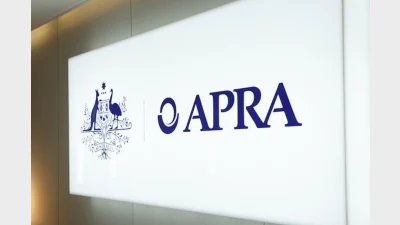APRA quizzing trustees on deferred tax




|
Australian superannuation fund trustees have been warned to get their houses in order with respect to some of the tax fallout from the global financial crisis (GFC).
The Conference of Major Superannuation Funds was told this week that in the aftermath of the GFC, the Australian Prudential Regulation Authority (APRA) had noticed that some funds had built up significant deferred tax assets “way beyond the conventionally accepted 2 per cent of assets limit”.
APRA’s general manager of its specialised institutions division Ramani Venkatramani said this had led to the regulator quizzing trustees about their policy and rationale.
He said this extended to asking the trustees how confident they were about being able to access the losses in the future, in the light of factors such as asset allocation, the economic outlook, member transfers, rollovers, liberalised portability and the ongoing industry consolidation.
“It is not acceptable for trustees to respond by saying ‘this is a temporary problem and markets will quickly return to normal’,” Venkatramani said.
“It is incumbent on trustees to learn from experience. While markets may return to higher levels, there will be future investment downturns and trustees should adopt appropriate policies and practices in advance — and not only at the time,” he said.
Venkatramani suggested that one approach to the contingent asset issue might be to allocate only a portion of the deferred tax accrual to members, leaving the balance as an unallocated reserve.
Recommended for you
The super fund has launched Retirement Manager, a digital advice tool helping members plan income, spending, and retirement confidence with integrated support.
APRA has warned retail super trustees that financial adviser involvement in recommending platform products does not diminish their obligations, as regulators turned the spotlight on the Shield Master Fund and First Guardian Master Fund during a meeting with fund CEOs.
AMP’s chief economist has unveiled a wish list for the Australian government’s Economic Reform Roundtable.
Australian retirees could increase their projected annual incomes between 3 and 51 per cent by incorporating personal and household data into their retirement income strategies, according to new research.









